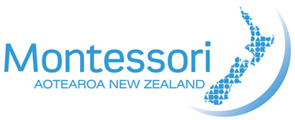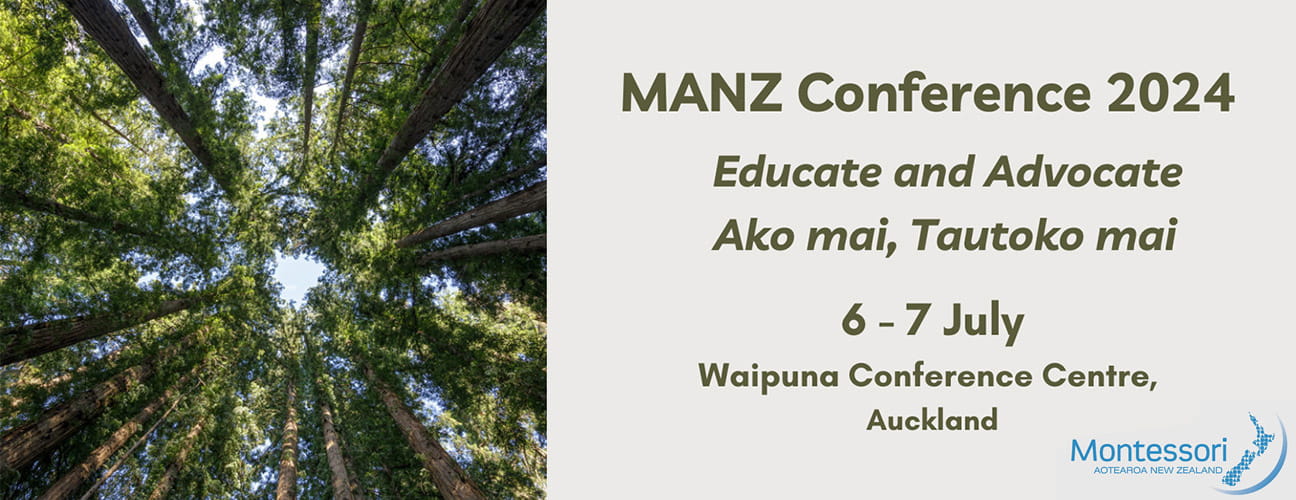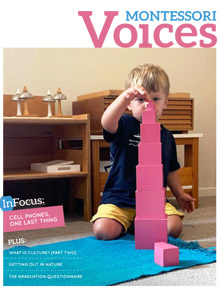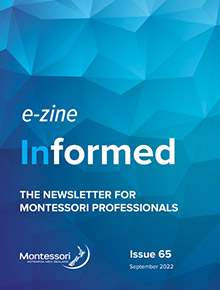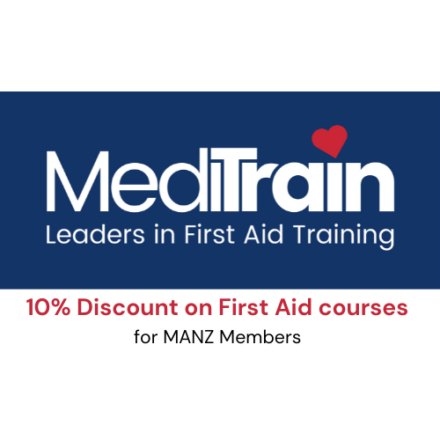Montessori Learning Environment 3-6
Discover the essential elements of the Montessori learning environment for three to six-year-olds.
Is there a Montessori curriculum?
Essential Element
The daily practice of Montessori philosophy is made possible by a clearly defined Montessori curricular framework.
What this results in …
The Montessori curriculum includes practical life1, sensorial2, language, mathematics, botany, geography, art, music, drama, environmental studies and more! Looking around a Montessori classroom, you see the Montessori curriculum in all the activities and materials on the shelves.
Questions you could ask the Montessori centre staff
How does the Montessori philosophy define the daily activities and routines of the classroom?
Can you describe to me what the Montessori curriculum is and how it supports my child’s learning?
What if my child spends all day with one thing or is interested in only one thing – how do you get them to engage in other aspects of the curriculum?
Do children always get to choose what they do, or are they guided to broaden their horizons?
Questions you could ask yourself while you observe the class
Can I see children engaged with different activities from across all curriculum areas?
If a child is wandering about how the teachers/other children interact with them?
How does the teacher guide and support the children in choosing an activity?
Practical Life activities include skills that young children enjoy learning and love to repeat; sweeping, polishing, tying bows, dusting, and preparing food; engagement in these activities builds concentration and coordination.
Montessori sensorial materials are unique and enable young children to explore and discover shape, size, colour, texture, weight, sound, taste and smell.
What are Montessori materials?
Essential Element
Learners in Montessori are exposed to many complex concepts at an early age through the use of the specially-designed Montessori materials. These hands-on learning materials allow the learner to see and explore abstract concepts.
What this results in …
The focus of a Montessori classroom is on the creative exploration by the child of the Montessori materials and activities, not on plastic toys, puzzles, workbooks etc.
Children are free and encouraged to explore using the Montessori materials – the teacher does not insist on one ‘proper’ use of material but encourages the children’s open-ended exploration and experimentation while encouraging respect for the materials. Montessori activities are purposeful, real, and exploratory and have a cycle of activity for the child to follow.
All Montessori activities are limited in number – only one of most activities, including art so children come to respect each item as a special and unique piece of equipment. They learn to develop patience as they wait for a turn, and they have many options available to them in the classroom, so they learn to make alternative choices rather than watching and waiting.
The Montessori materials have an inbuilt ‘control of error’, so the child discovers for herself when she needs to keep problem-solving; no adult assistance is needed.
Children become comfortable with making mistakes, trying again, developing problem-solving skills and the ability to see a task through to completion without adult direction. Montessori learning materials are beautifully created and presented in a way that appeals to the child. The Montessori materials are developed to create opportunities for success rather than failure.
Questions you could ask the Montessori centre staff
How does the Montessori philosophy define the daily activities and routines of the classroom?
Can you describe to me what the Montessori curriculum is and how it supports my child’s learning?
If my child spends all day with one thing or is interested in only one thing – how do you get them to engage in other aspects of the curriculum?
Do children always get to choose what they do?
How do you guide them to broaden their horizons?
Questions you could ask yourself while you observe the class
Are there lots of ‘toys’ in the classroom – puzzles, plastic toys, etc.?
Is there only one of each activity, and what do the children do when they both want to do the same activity?
Are the children engaged with the Montessori hands-on learning materials, or are there lots of worksheets, colouring or copying exercises and ‘book’ work?
How does Montessori promote my child’s learning?
Essential Element
Montessori focuses on children’s learning and self-discovery, not on teachers ‘teaching’ and fostering independence is an important part of Montessori philosophy.
What this results in …
Children work individually or in small, self-selected groups. There will be very few if any, whole group lessons. Self-directed children are encouraged to work independently with minimal teacher direction once they have been introduced to a range of new learning activities. The children can access all activities independently or with the help of a peer without relying on constant adult assistance or direction.
There should be no requirements for children to participate in particular work. The child is left to choose their own work but is presented with new work regularly to increase their repertoire of choice and provide more opportunities to uncover their interests. The Montessori child is put in charge of their own learning through their own exploration; this may seem a subtle distinction, but it is a key part of the Montessori approach.
Questions you could ask the Montessori centre staff
What activities will my child be able to do when they first start in the class?
How does my child know what to choose each day and how do you guide his choice?
What do you do if my child always avoids particular activities?
What kind of expectations do you have of children at different ages?
What will the teacher do if my child chooses the same activity day after day?
What kind of work and activities will my child be introduced to as a three-year-old, four-year-old, and five-year-old?
How will I know what my child has been doing and what learning has been taking place – how do you communicate with parents?
Questions you could ask yourself while you observe the class
Are most children making constructive independent choices, or are the teachers constantly directing and correcting?
Are children being given time to engage, time to observe, time to chill; are the children given the freedom to work things out for themselves?
Is the teacher giving individual children ‘lessons’ with minimal talking or interruption?
Is the teacher focused on the child he/she is giving the lesson to while maintaining an awareness of the rest of the class?
How will my child develop concentration?
Essential Element
Dr Montessori discovered that young children desire to be active for long periods of time in concentrated activity. If interrupted by group work or whole class activities, children cannot reach a state of deep focus and choose work that needs only superficial involvement.
What this results in …
The class has uninterrupted daily work/activity time, with the ideal being a three-hour period. This work/activity period should be free from interruption for whole group activities such as snack or mat time or group learning where all children must join in. This work/activity time does not include whole group outdoor playtime or communal celebrations –these activities should be in addition to the three-hour work cycle. The class has an atmosphere of calm, with young children concentrating for periods of time that may surprise you.
Questions you could ask the Montessori centre staff
How long is your work/activity cycle?
Why is a long uninterrupted period of time important for my child’s learning?
Do you have any additional activities happening, and how do you ensure this does not interrupt the long work/activity cycle?
When my child needs to rest, what will he do?
Questions you could ask yourself while you observe the class
Do the children have a long uninterrupted time, or are there frequent interruptions for set activities or whole group times?
Are the majority of the children able to complete a cycle of activity – from choosing an activity, engaging with concentration, finishing when they feel satisfied, cleaning the work and returning it to the shelves for another child to use?
Does Montessori happen only at specific times?
Essential Element
Montessori is a way of being – it does not stop and start at specific times or only occurs indoors!
What this results in …
The whole Montessori learning environment is available to all children – there should be no restriction by age to certain curriculum areas. The Montessori learning environment should not be limited to specific shelves or areas, or rooms within the centre. The child has access to quality Montessori environments and programmes throughout the day; if the centre offers before/after-school care or holiday care, it should follow the same principles as the Montessori classroom. Outdoor environments are used as rich learning experiences for the children in the same way as the indoors – activities are purposeful, real, explorative and have a cycle of activity.
Questions you could ask the Montessori centre staff
Can you explain how my child will access the whole indoor and outdoor learning environment?
I am worried my child will be too tired to ‘do Montessori’ for long periods – can you explain how this will work for my child?
Questions you could ask yourself while you observe the class
Are the outdoor environments being used as rich learning experiences for the children in the same manner as indoors – activities that are purposeful, real, explorative and have a cycle of activity?
Are children moving freely from the indoor to the outdoor environment during the session?
How does the learning environment make learning accessible?
Essential Element
The Montessori environment is orderly and structured to facilitate the child to make independent choices for their learning.
What this results in …
The learning opportunities in the classroom are frequently changed to cater for the needs and interests of the current group of learners. Learning materials are arranged in curriculum areas, e.g. practical life, sensorial, language, mathematics, and environmental studies. The classroom is structured so that children can find anything they are interested in and learn quickly where things are. All learning materials are attractive, so the child is enticed to use them – aesthetically pleasing, clean, complete and in good repair. The children have real opportunities to develop motor control and to perfect their movements – the classroom has child-sized furniture that is light and can be moved, floors that do not deaden noise or prevent breakages, and activities use breakable materials such as glass and china. There should be little plastic!
Everything in the classroom is size appropriate for the child – from furniture to crockery to woodwork tools. The colour of the furnishings, floors, and walls should be soft and muted with limited wall displays so that the brightly-coloured Montessori materials attract the children and focus their attention.
Questions you could ask the Montessori centre staff
Can you explain how the classroom is structured to help my child become independent?
Why is it important that the classroom is orderly and beautiful? How does this help my child’s learning?
What will happen if my child does not put something back in the ‘right place’?
My child is very messy at home – how will he/she cope in this orderly environment?
How does the orderly environment promote creativity in my child?
Can my child still be spontaneous and inventive?
Questions you could ask yourself while you observe the class
Do the children return their activities to their proper place – ready for the next child to use?
Can I see children confidently using real implements to do ‘real’ tasks?
Can I see children of all ages using lots of china and glass – plates, cups, dishes etc.?
Can children access everything they need without adult help?
What is practical life?
Essential Element
Children have daily opportunities to learn and use practical life skills which enable them to develop concentration and to care for their environment, themselves, and others in the community.
What this results in …
The young child is provided with real implements and given real responsibilities in the care of the environment and care of the self. Children prepare morning tea and/or lunch, water the plants, feed and care for the animals, clean and polish materials, sweep the floor and work in the garden. Practical life materials have an observable application in the classroom. If Montessori children cook, they prey food that can be shared with classmates. Flowers are arranged by the children to beautify the room, windows are cleaned, shoes polished, gardens dug, and peas picked. Children take the initiative to actively care for each other and their environment.
Questions you could ask the Montessori centre staff
How are the children encouraged to care for their class each day?
Do you have animals and how do the children help care for them?
What kind of cooking and food preparation do the children do each day?
How are the older children involved in taking responsibility for the class and other children?
How does doing Practical Life prepare my child for more academic work?
Questions you could ask yourself while you observe the class
Can I see children taking real responsibility for their classroom?
Are the children encouraged and assisted in developing a sense of ownership for their class and classroom routines?
Do the children spontaneously show care for each other?
How is Montessori a holistic approach?
Essential Element
The Montessori environment is rich with learning opportunities for the young child to explore his culture and the world.
What this results in …
Social, emotional and spiritual learning experiences are valued as highly as intellectual learning experiences. Rich cultural experiences, including music, art, singing, drama, celebrations from other cultures, and plant and animal studies, are a feature of the classroom. The children have opportunities to garden, care for animals and observe nature as part of their daily programme. Tikanga Māori and Te Reo Māori are incorporated throughout the whole programme and all curriculum areas to reflect the society and time in which the children live.
Questions you could ask the Montessori centre staff
How are the cultures of the world celebrated in this class?
How is Te Reo Māori introduced to the children?
What opportunities does my child have to explore the community beyond the centre?
Can you show me some examples of how my child will learn about his and other cultures?
How are the rhythms of nature acknowledged in the programme?
Questions you could ask yourself while you observe the class
How will this philosophy of education fit with my family’s values and beliefs?
Do I think this style of education will enrich my child’s emotional, spiritual and intellectual experiences?
How does Montessori respond to my child’s curiosity?
Essential Element
Montessori educators know that children are creative and curious and will use the interests and discoveries of all children to enrich the classroom curriculum.
What this results in …
The learning environment is prepared with each community of children in mind, and the selection of activities is modified constantly to meet the ever-changing needs, interests and abilities of the children. Children progress at their own pace and select work that captures their interest and attention while the teacher strives to draw their attention and capture their interest in new challenges. Individual planning is completed for each child based on ongoing and systematic observations by teachers. A variety of assessment processes are used to record student development and progress and to share with parents.
Questions you could ask the Montessori centre staff
How do you know when my child is ready for new challenges?
If my child shows a special interest in an area of discovery – how will this be responded to?
How do you change the classroom during the year to respond to the needs of the new children that arrive?
Can you tell me what assessment is used to assess my child’s progress and how this will be shared with me?
Questions you could ask yourself while you observe the class
Do you see children using the Montessori materials to explore?
Do you see teachers inviting children to try new activities?
Do you see the teachers standing back and observing the class, making notes to use in planning for each child?
How is the New Zealand Early Childhood Curriculum Te Whaariki delivered?
Essential Element
The NZ Early Childhood Curriculum Te Whaariki was designed as a descriptive rather than prescriptive curriculum to enable all philosophical approaches to be integrated into Te Whariki. This allows different early childhood services to implement the NZ early childhood curriculum in different ways according to their philosophy.
What this results in …
Te Whariki is woven into the Montessori curriculum. The curriculum should be one integrated whole of Te Whariki through Montessori as opposed to two separate curricula of Montessori and Te Whariki.
Questions you could ask the Montessori centre staff
How do you integrate Te Whaariki and Montessori as a cohesive whole?
Questions you could ask yourself while you observe the class
Do you see evidence of Te Reo Māori in the classroom – for instance, words in Maori being used both verbally and in written material?
Are there Montessori schools for older children?
Essential Element
Montessori learning environments are offered for primary school children in many areas of NZ. As the number of children entering Montessori primary environments increases, so does the necessity for providing high school environments.
What this results in …
The centre provides information about the Montessori curriculum and classes for primary and high school-aged children. The centre offers transition to primary school support for you and your child.
Questions you could ask the Montessori centre staff
Do you have any information about Montessori primary in our area?
How do you help my child transition to school?
Are there plans to establish a Montessori primary school and/or a secondary school in this area?
Questions you could ask yourself while you observe the class
Would I want my child to continue to experience Montessori when they are older in the future?
Why is membership of Montessori Aotearoa New Zealand important?
Essential Element
The Montessori Aotearoa New Zealand has played a key role in supporting the growth of Montessori in NZ since 1982. MANZ provides high-quality Montessori professional development and publications for educators and parents and represents Montessori at national levels.
What this results in …
The centre is a Montessori Aotearoa New Zealand member, and a membership certificate is on display at the centre. Information from the national association is on display or available to parents, including a monthly newsletter and quarterly magazine. Teachers attend MANZ professional development and conferences regularly.
Questions you could ask the Montessori centre staff
Does the Montessori centre belong to and support the Montessori Aotearoa New Zealand?
What information will I receive from the national association?
Can I see some issues of the national association’s magazine, Montessori Voices?
